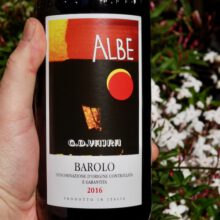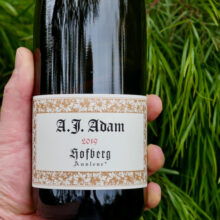There is a lot of confusion around natural wine, for several reasons: it lacks a consistent definition, consumers don’t truly know what it means, there are many makers that abuse the label and use it as an excuse for making bad wine.
My default position, the wine still has to be delicious in the glass and be begging for you to drink more no matter what name it has. For most that will come with an overlay of personal preference.
The discussion of what’s on trend then comes into play. Particular styles and varieties go on a roller coaster ride of popularity, but, that’s for another time.
Ask many consumers and a portion of them will say that natural wine is that cloudy stuff that smells kinda funky.
To be more pragmatic if we define natural wine as not using chemical herbicides, fungicides, and, fertilisers in the vineyard, though allowing machines to be used to manage it, encouraging bio-diversity (ironic given the mono-culture of grapes that typically exists in vineyards) use of wild yeast and bacteria for malolactic and alcoholic fermentation, not using new or young oak that might impart aroma, flavour, and, tannin into the wine, not filtering, and, using only a little sulphur at bottling as a preservative we have a base to start from.
This is not necessarily complete and not necessarily the definition I’d use if I governed a theoretical body of natural winemakers. This is just a group of factors, that on analysis, are applied by many natural winemakers.
One additional overlay to natural wine is minimising the impact on the environment end to end. Seeing natural wines in resource intensive heavy weight bottle goes against this. This also supports not using earth or pad filtration which can impart flavour to the wine and in the case of earth, it isn’t exactly the safest thing to use in a winery. I would argue that cross-flow filtration might be acceptable. We enter the realm of lack of definition again. Is it OK to pump a natural wine? Is it OK to use a concrete vessel? We know making concrete releases an incredible amount of CO2 into the environment. What about wax lining the concrete? Is it natural wax. Tartaric acid is natural, citric acid is natural.
« Back to Wine Words Index


